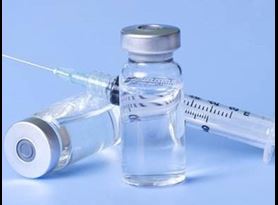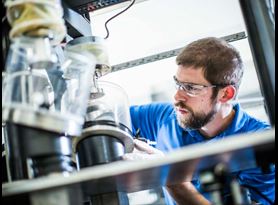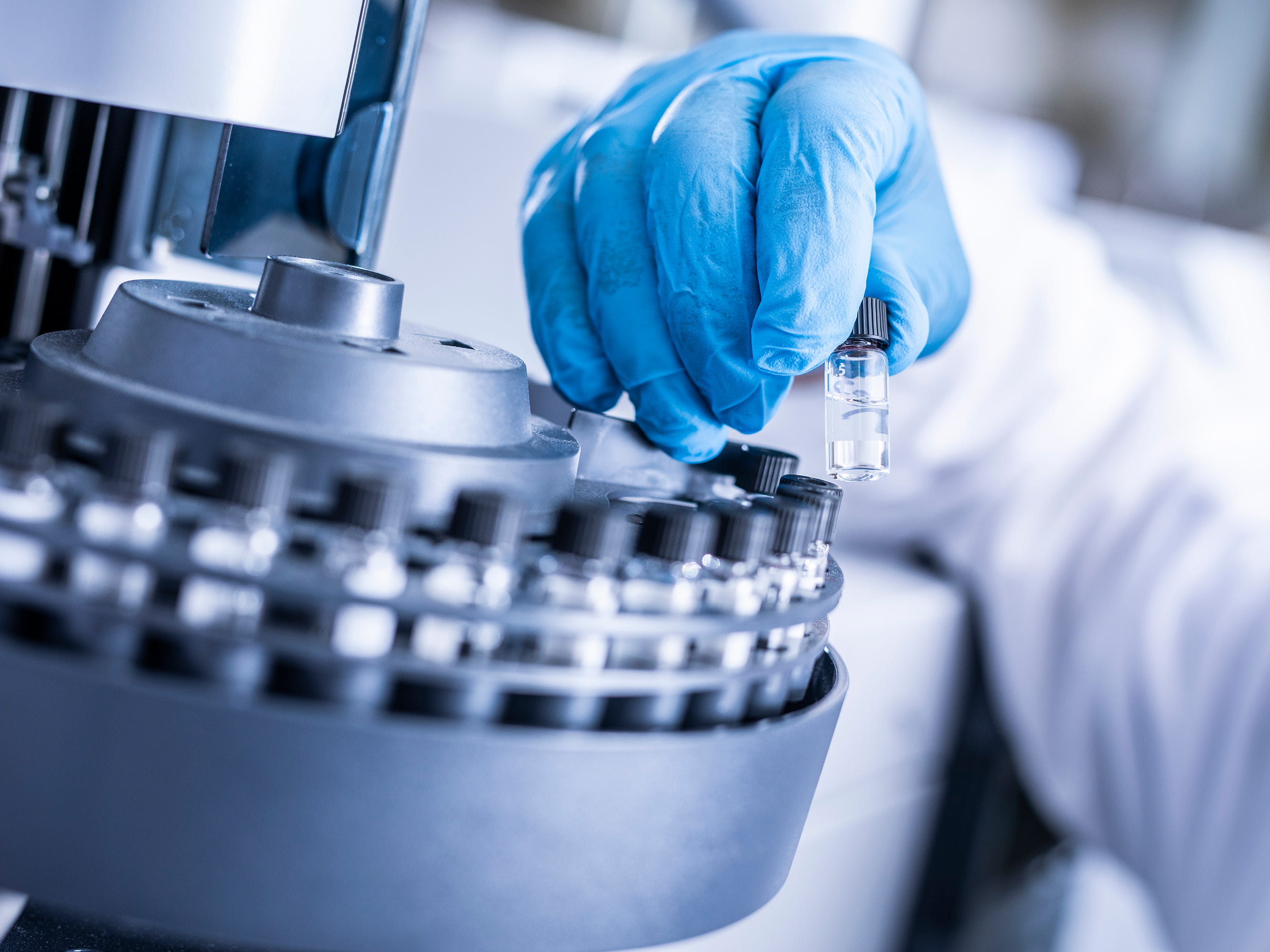Biocompatibility Testing of Medical Devices
Per the US Food and Drug Administration (FDA), biocompatibility is “the ability of a device material to perform with an appropriate host response in a specific situation.” Simply put, the compatibility of medical devices within a biological system is assessed with biocompatibility testing.
Biocompatibility tests evaluate the interactions that occur between medical devices and the living tissues and cells which are exposed to devices as they come into contact with one another. Generally, testing is performed on small animal species with the intent of replicating potential responses that would be observed within the human body.
Biological risk assessments are mandatory to obtain regulatory approval, and biocompatibility testing is a vital component of biological risk assessments. Each device that the FDA approves must submit to this process, as even the most innovative, best-designed products have the potential to yield unintended complications if patients experience an adverse reaction to materials used. Even well-known materials used frequently within the industry can produce unexpected reactions if they are incorporated into a device in such a manner that results in contamination, degradation, or potential leaching of toxic materials. Therefore, all medical devices must undergo a biological risk assessment, which includes biocompatibility testing, to protect patients from any toxic, physiological, immunogenic, or mutagenic effects.
As illustrated in Table 1, ISO 10993 provides a Materials Biocompatibility Matrix outlining biological test methods including cytotoxicity testing, sensitization assays, acute systemic toxicity tests, irritation tests, subchronic toxicity tests, genotoxicity test, implantation tests, and hemocompatibility tests. Along with these methods, multiple sections of the ISO 10993 guidance focus on chemical characterization or extractable and leachables testing. With new equipment and more advanced analytical methods, regulatory agencies are continuing to focus more on these supplementary analyses as a complement to in vivo biocompatibility testing. For example, the most recent European Medical Device Regulation (MDR) requirements outline more robust data requirements regarding material and chemical characterizations. Combined with toxicological risk assessments, chemistry testing delivers critical data needed to protect patient safety, including harmful exposure levels for specific analytes.

Table 1. ISO 10993 materials biocompatibility matrix
Defining biocompatibility and its role in medical device regulatory submissions
According to the FDA, biocompatibility is “the ability of a medical device or material to perform within an appropriate host response in a specific application.” At its core, biocompatibility describes the ability of a medical device to function according to its intended purpose, and while the medical device causes undesirable reactions within the human body, those reactions are limited to the extent permitted and tolerated.
As medical devices are often touched, whether directly or indirectly by patients, undesired and/or unreasonable side effects would not be tolerated. To ensure these undesirable side effects are mitigated and any negative long-term effects patients may experience are limited, medical devices and materials are tested for biocompatibility to evaluate and quantify risks at defined endpoints. When considering long-term implants versus short-term implantable devices, the likelihood of leaching potentially harmful substances increases with the use of long-term implantable devices, as outlined in Table 2.

Table 2. Biocompatibility recommendations and alternatives
Demonstrating biocompatibility for medical device regulatory submissions
Demonstrating biocompatibility begins with characterizing materials and chemical to identify the exact composition of the device, as well as an evaluation of potential similarities between the new device and other competitive devices. This ensures patents are not being infringed upon, or if a similar device is on the market (referred to as a “predicate device”), the predicate device may be used for comparison to the new medical device. Moreover, chemical characterization studies determine what additional chemicals may leach out during typical use or what worst-case extractables need to be considered.
Element offers multiple services for biocompatibility to help medical device developers and manufacturers meet the requirements of the ISO 10993-18, 5.2 standard. Our team of consultative scientists assist clients with material selection for medical devices, and with their deep understanding regulatory requirements, can offer guidance regarding testing requirements for materials composition.
Element can also determine whether a client’s materials or device are chemically equivalent or superior to an approved, existing device. The demonstration of material equivalence is typically sufficient for the FDA. If an equivalent device can be identified and justified, chemical characterization is deemed to be approved, and those requirements are then considered to be met. Material equivalence can be established with material composition or extractable profile data compared to existing material, provided that the justified methods are used to generate the data.
Furthermore, a worst-case chemical release profile can be established. As an example, consider a long-term implantable device. In this worst-case testing scenario, scientists will compare the device in both simulated body fluids and an aggressive, non-polar organic solvent. Once worst-case scenarios are established, the two extracts can then be analyzed to identify any impurities. Below are representative methods that Element’s team of expert scientists use to determine biocompatibility. While not every technique is applicable to each project, we employ applicable methods as needed, as detailed in Table 3.

Table 3. Test methodologies for extractables and leachables studies of medical devices
Upon profiling what has been extracted out of the device using worst-case conditions, a team of scientists will then perform a leachant study to assess how the medical device will perform under normal conditions of use. Element offers two different scenarios: accelerated aging design and real-time usage design for device degradation study per ISO 10993-13. Accelerated and real-time degradation study designs both use testing intervals extrapolated from the device usage period with various exposure temperatures and solvents applied for simulation.
Correlations are made of the leachants found in the extractable studies previously performed on the device components. Leachant compounds are identified and compared to the established thresholds of toxicological concern (TTC). Analytical Evaluation Thresholds (AET) for all leachants from a device are derived from the threshold of toxicological concern (TTC), which is 120 ug/day. If a leachant is higher than the TTC, Element can work with leading toxicologists for a thorough review and understanding of the safety threshold of specific leachants that have been identified. Often when a toxicological concern level is higher, it may be a non-harmful leachant and, as a result, there will be no need to modify the materials of construction. However, at times the device or materials will need to be altered to ensure compounds are below the TTC, illustrating the importance of biocompatibility testing of medical devices at the design stage.
Choosing the right partner laboratory for biocompatibility testing of medical devices
Element’s industry-leading teams of consultative, knowledgeable scientists can provide extensive regulatory and analytical support to help support the approval of medical devices. We combine unrivaled regulatory and scientific expertise, advanced equipment, and an unmatched client-centric experience to ensure timely compliance to regulatory standards. Element is cGMP compliant, FDA registered, and DEA licensed contract development and manufacturing organization (CDMO), offering customized project plans tailored to your specific needs and device, delivery within tight timelines, and experience solving difficult analytical and formulation challenges.
Find related Resources
Learn more

Extractables and Leachables Studies
Element's extractables and leachables studies offer tailored solutions that ensure patient safety and compliance with industry standards.

On-demand Webinar: E&L Considerations for Customized Syringe Delivery
Dr. James Scull, Scientific Director for Element Life Sciences, discusses a case study that explores the E&L consideration of custom drug delivery systems in order to meet regulatory requirements.

Chemical Characterization
Element’s chemical testing and analysis help you confirm the identity and composition of chemical substances and materials used in your products.

Medical Device Testing
As a comprehensive testing partner, you’ll enjoy the benefit of a single supplier source for all of your testing needs, from mechanical testing and environmental simulation to EMC and wireless device testing.
